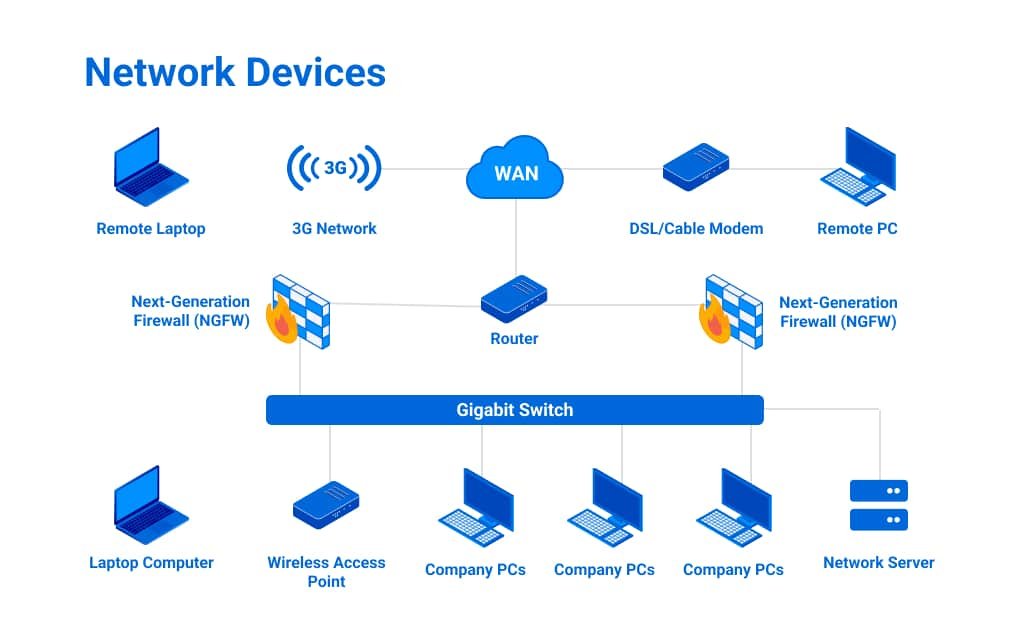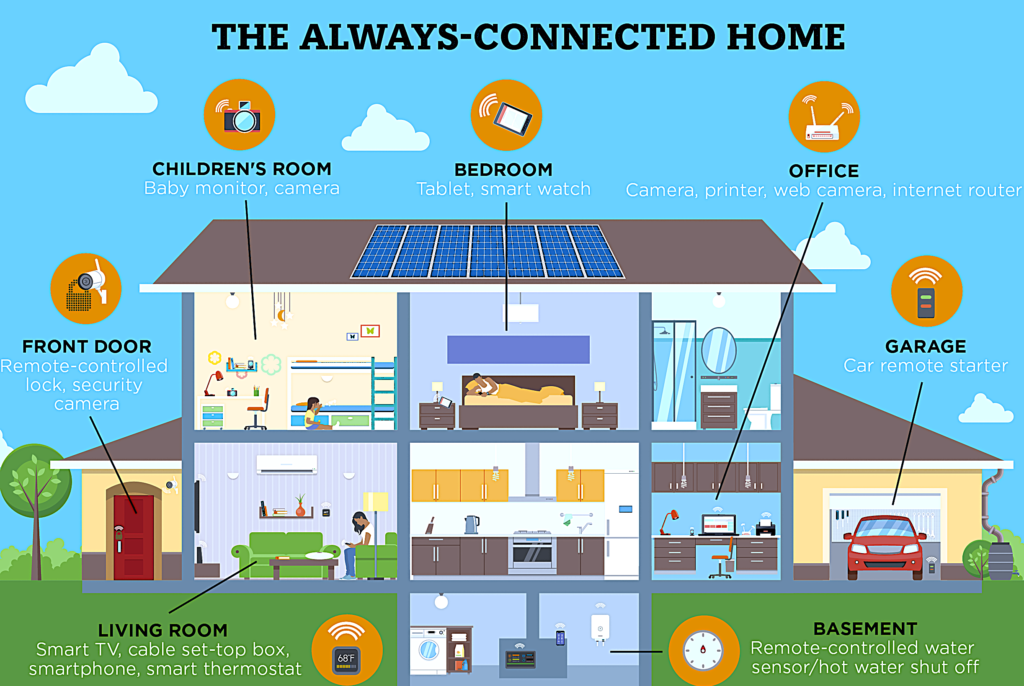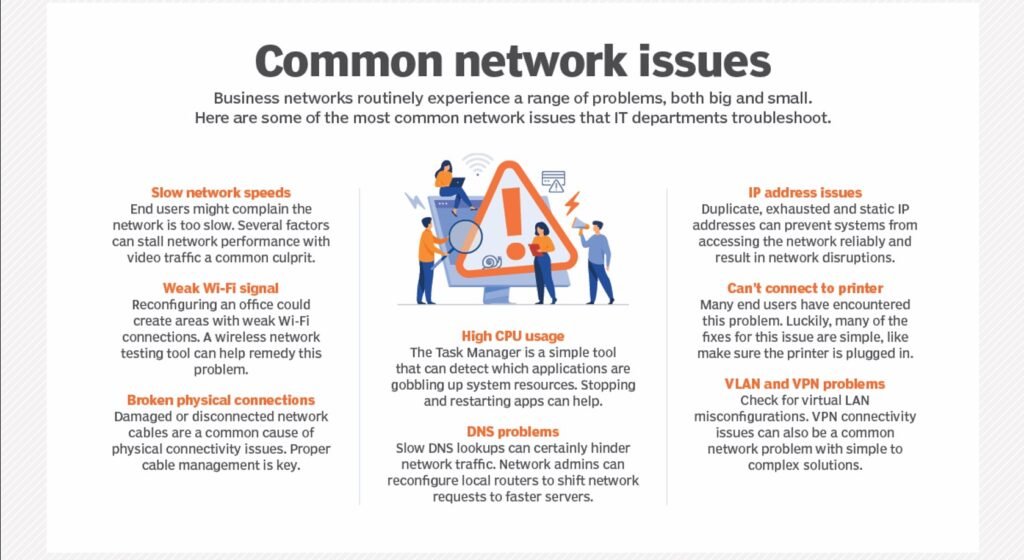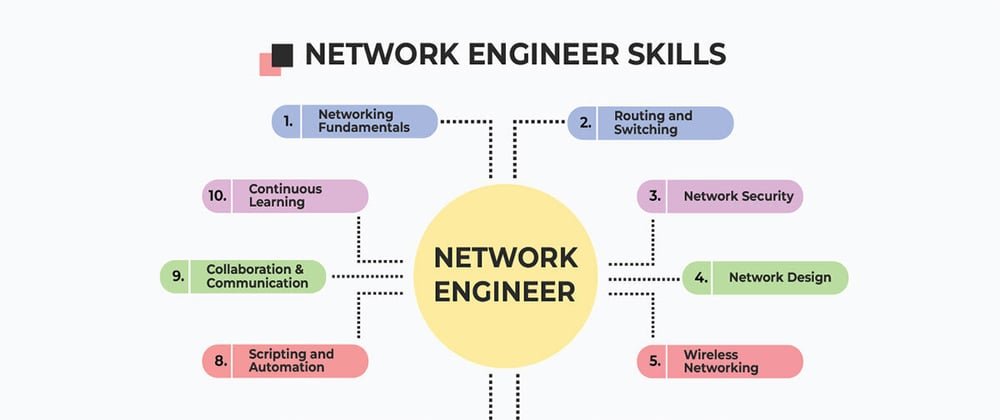What is a Network and Networking?
In the ever-evolving world of technology, understanding what is network and networking is fundamental. Whether you’re a student, a professional, or simply a tech enthusiast, grasping these concepts can help you navigate our interconnected digital landscape.
This guide will take you through the basics of what is network and networking, their types, components, and applications.
What is a Network?

A network is a collection of interconnected devices that communicate and share resources. These devices, often referred to as nodes, can include computers, servers, smartphones, printers, and even IoT devices like smart thermostats.
Key Characteristics of Networks:
- Interconnectivity: Networks link multiple devices together.
- Resource Sharing: Networks enable users to share files, printers, and internet connections.
- Scalability: Networks can grow by adding new devices without disrupting existing connections.
Types of Networks:
- LAN (Local Area Network):
- Limited to a small area like an office or home.
- Example: Office Wi-Fi network.
- WAN (Wide Area Network):
- Covers large areas, often connecting cities or countries.
- Example: The internet.
- MAN (Metropolitan Area Network):
- Covers a city or a campus.
- Example: City-wide Wi-Fi network.
- PAN (Personal Area Network):
- Limited to an individual’s personal devices.
- Example: Bluetooth connections between a phone and a smartwatch.
What is Networking?
Networking refers to the practice of designing, implementing, and managing networks to enable communication between devices. It encompasses both hardware and software aspects.

Key Elements of Networking:
- Routers: Direct data packets between networks.
- Switches: Connect devices within a single network.
- Protocols: Rules for data exchange (e.g., TCP/IP, HTTP).
- Cabling/Wireless: Physical or wireless means of connecting devices.

Benefits of Networking:
- Faster communication.
- Centralized data access.
- Cost efficiency by sharing resources.
Real-World Applications of Networking
Networks are the backbone of modern technology, enabling:
- Internet Access: The most extensive network, connecting billions globally.
- Cloud Computing: Seamless data storage and application hosting.
- Smart Homes: Interconnected devices improving convenience and security.
- Enterprise Operations: Facilitating efficient communication and workflow.

Challenges in Networking
Despite its advantages, networking has its hurdles:
- Security Risks: Networks are prone to hacking and malware.
- Complex Setup: Larger networks require meticulous planning.
- Maintenance Costs: Regular updates and equipment upgrades are essential.
Overcoming Challenges:
- Implement robust cybersecurity measures.
- Use scalable and flexible networking solutions.
- Invest in professional networking tools and expertise.
How to Learn Networking as a Beginner
If you’re new to networking, follow these steps:
- Understand Basics: Learn about protocols, devices, and types of networks.
- Take Online Courses: Platforms like Coursera and Udemy offer excellent courses.
- Hands-On Practice: Experiment with setting up small networks at home.
- Stay Updated: Follow tech blogs and join forums like Reddit’s r/networking.

Future Trends in Networking
Networking continues to evolve with technological advancements. Key trends include:
- 5G Networks: Faster speeds and reduced latency.
- Edge Computing: Processing data closer to its source for efficiency.
- Artificial Intelligence (AI): Automating network management and cybersecurity.
- IoT Expansion: More devices being interconnected daily.


